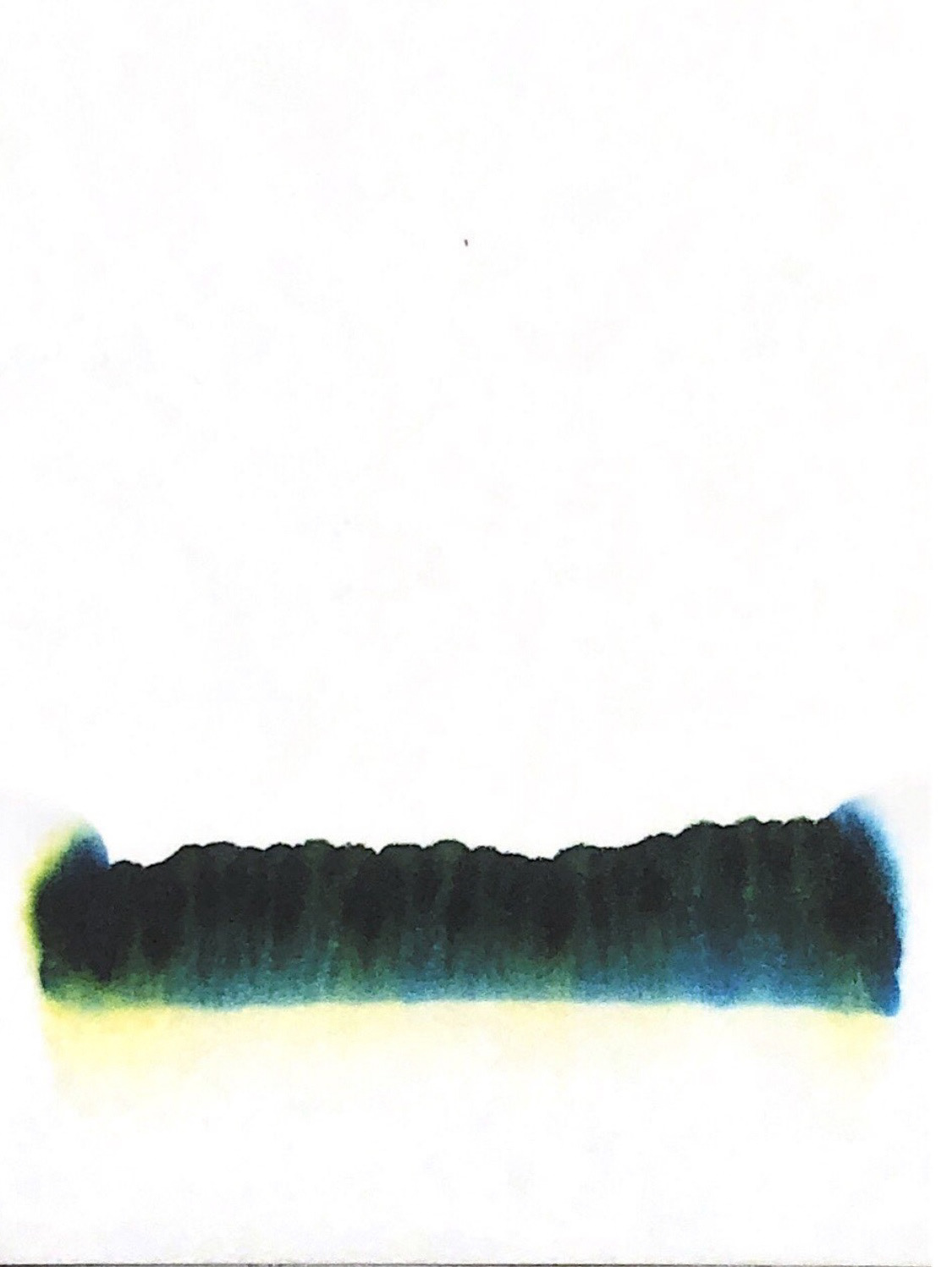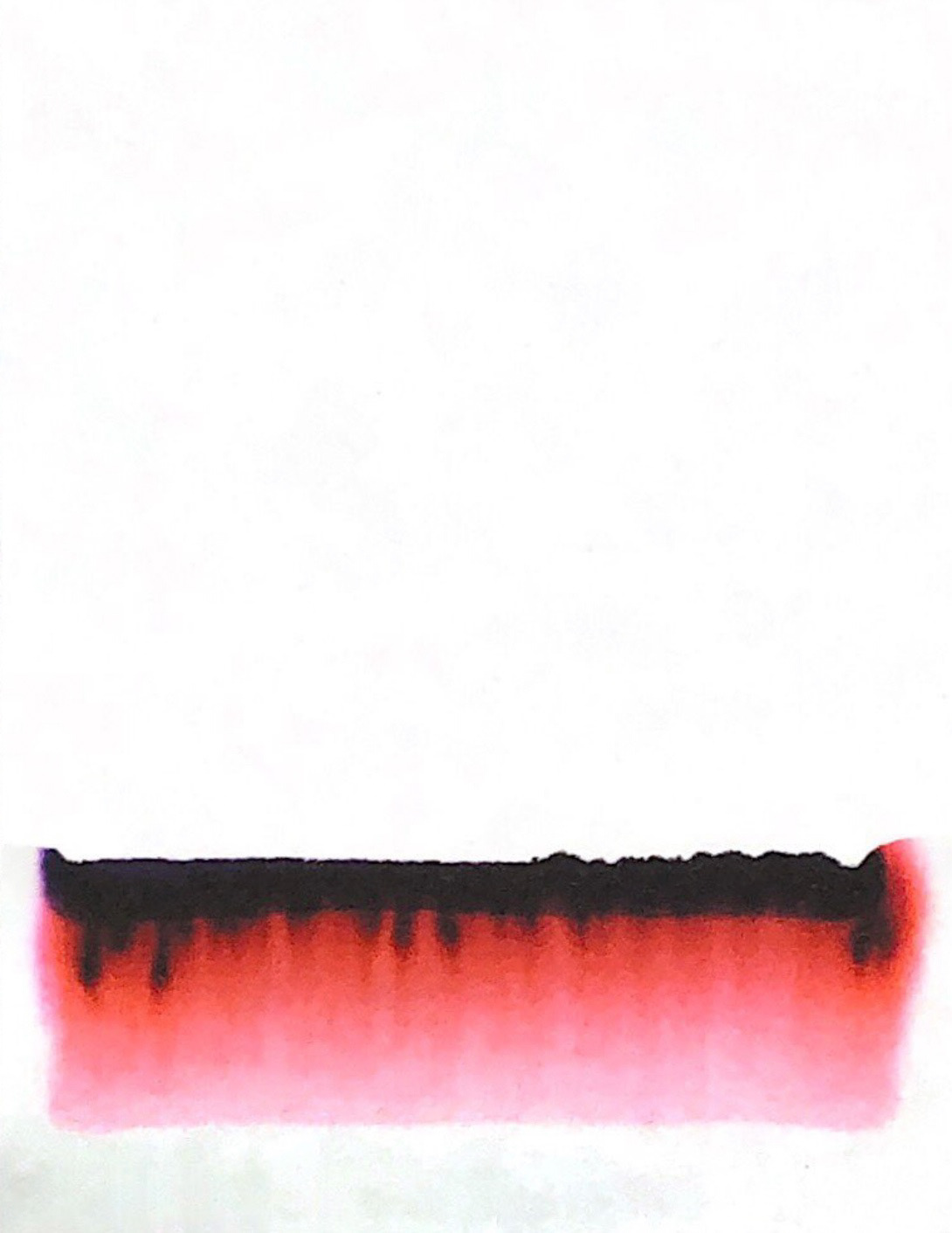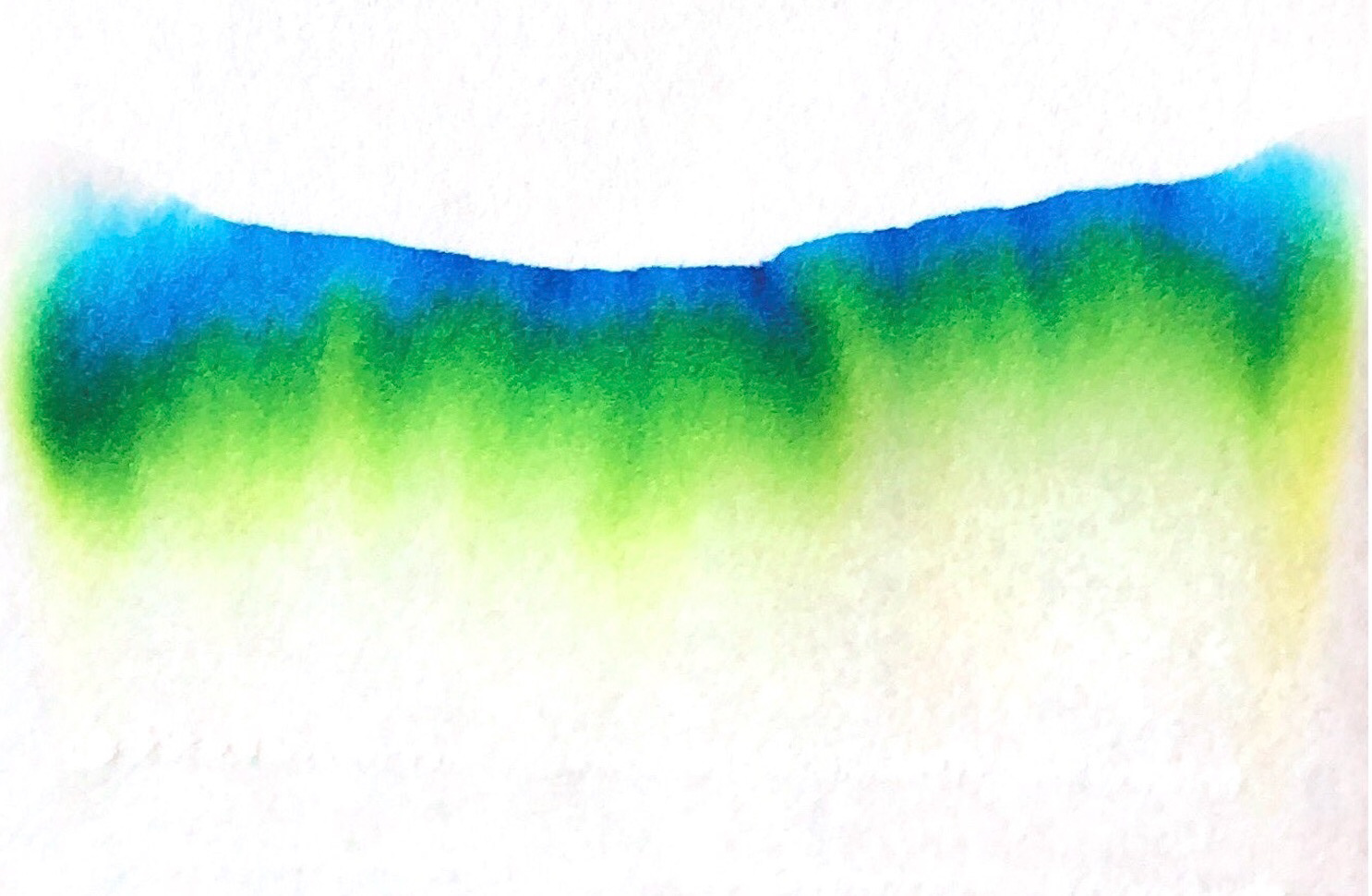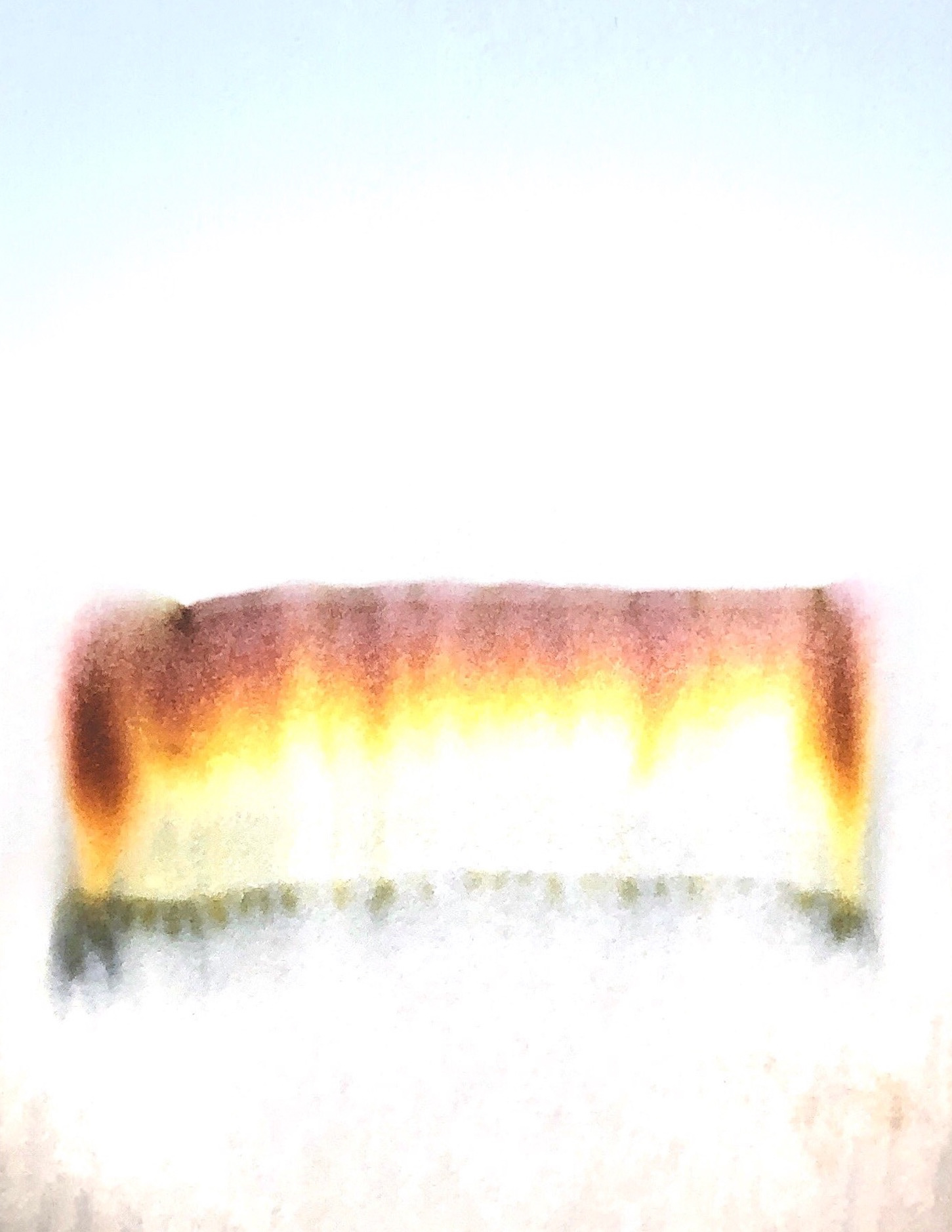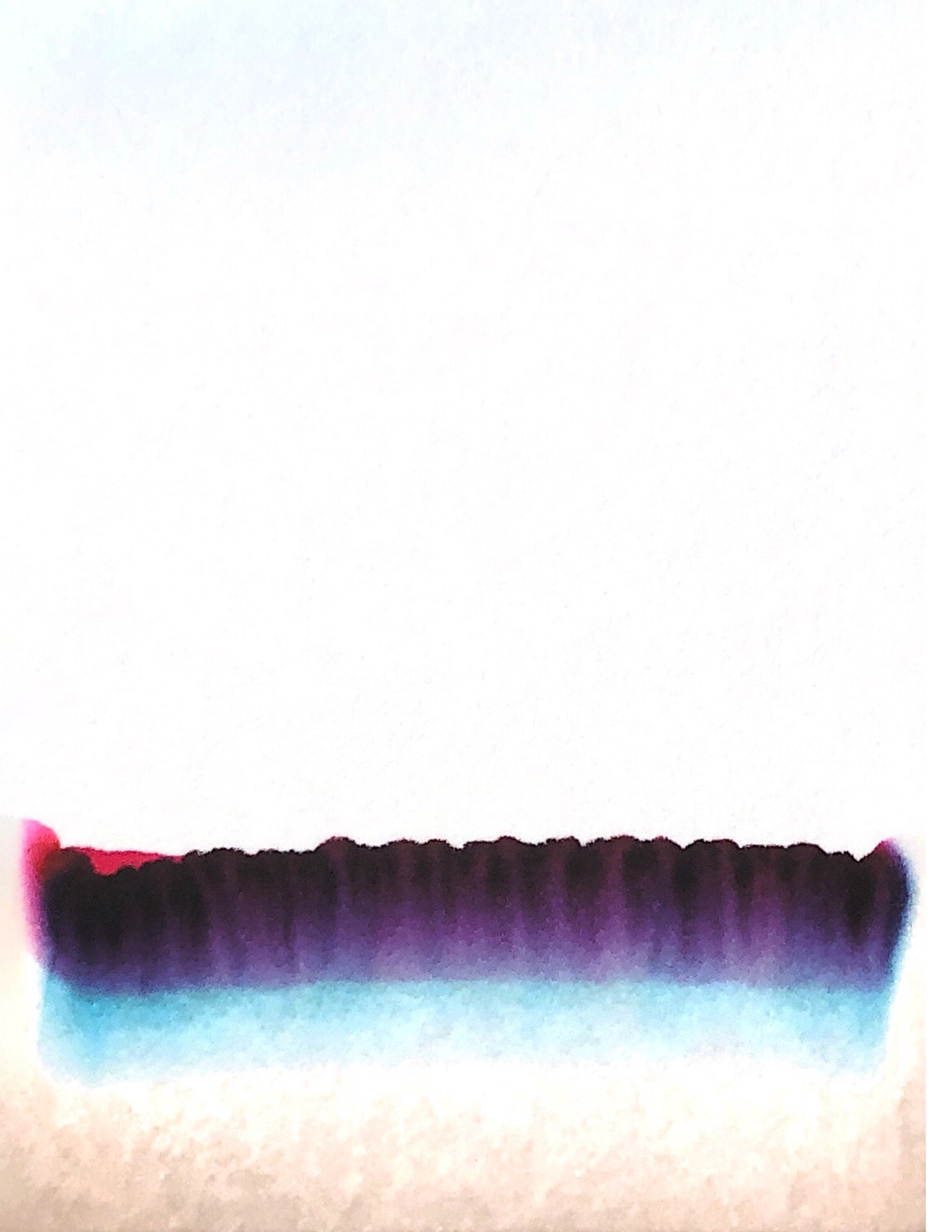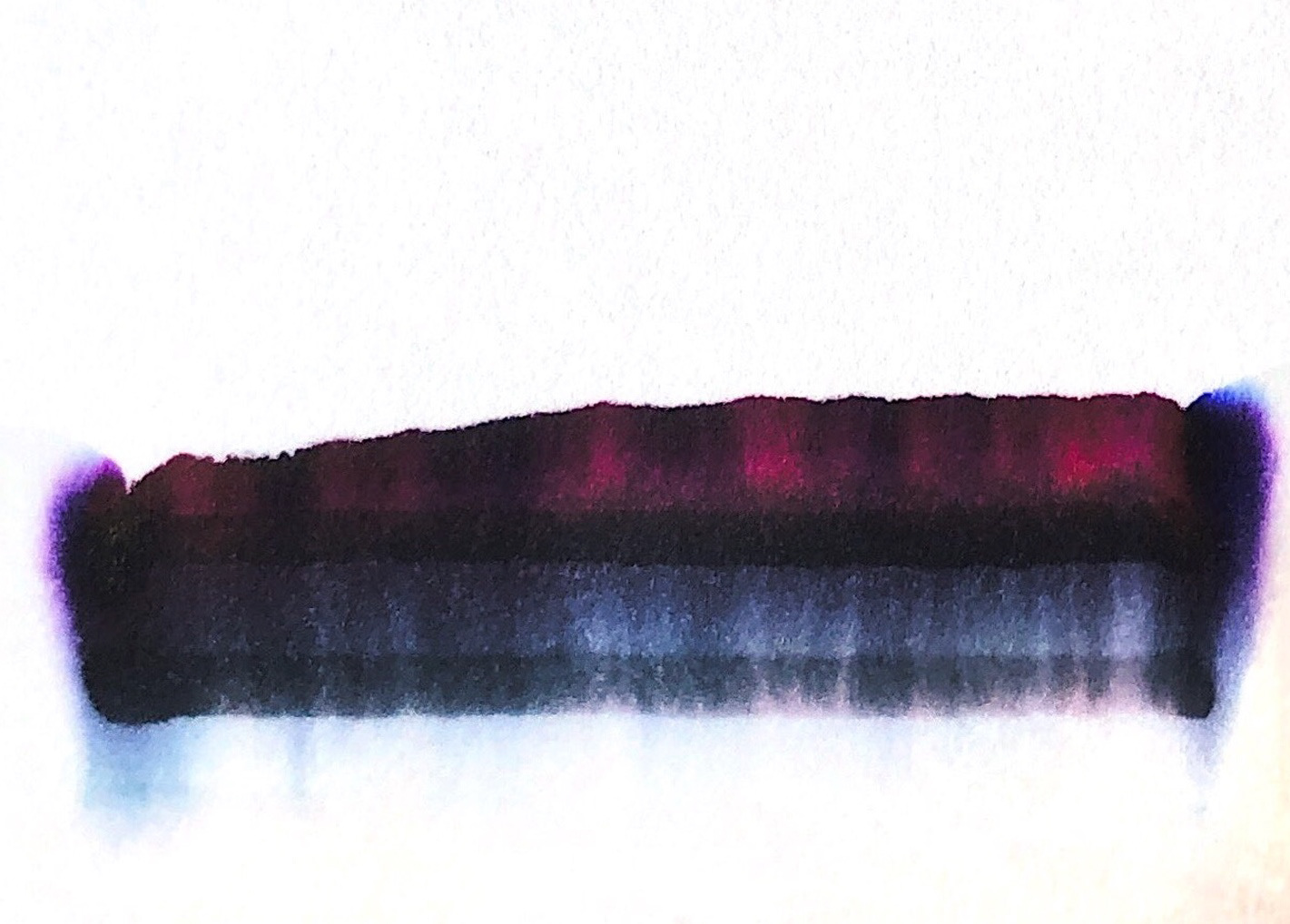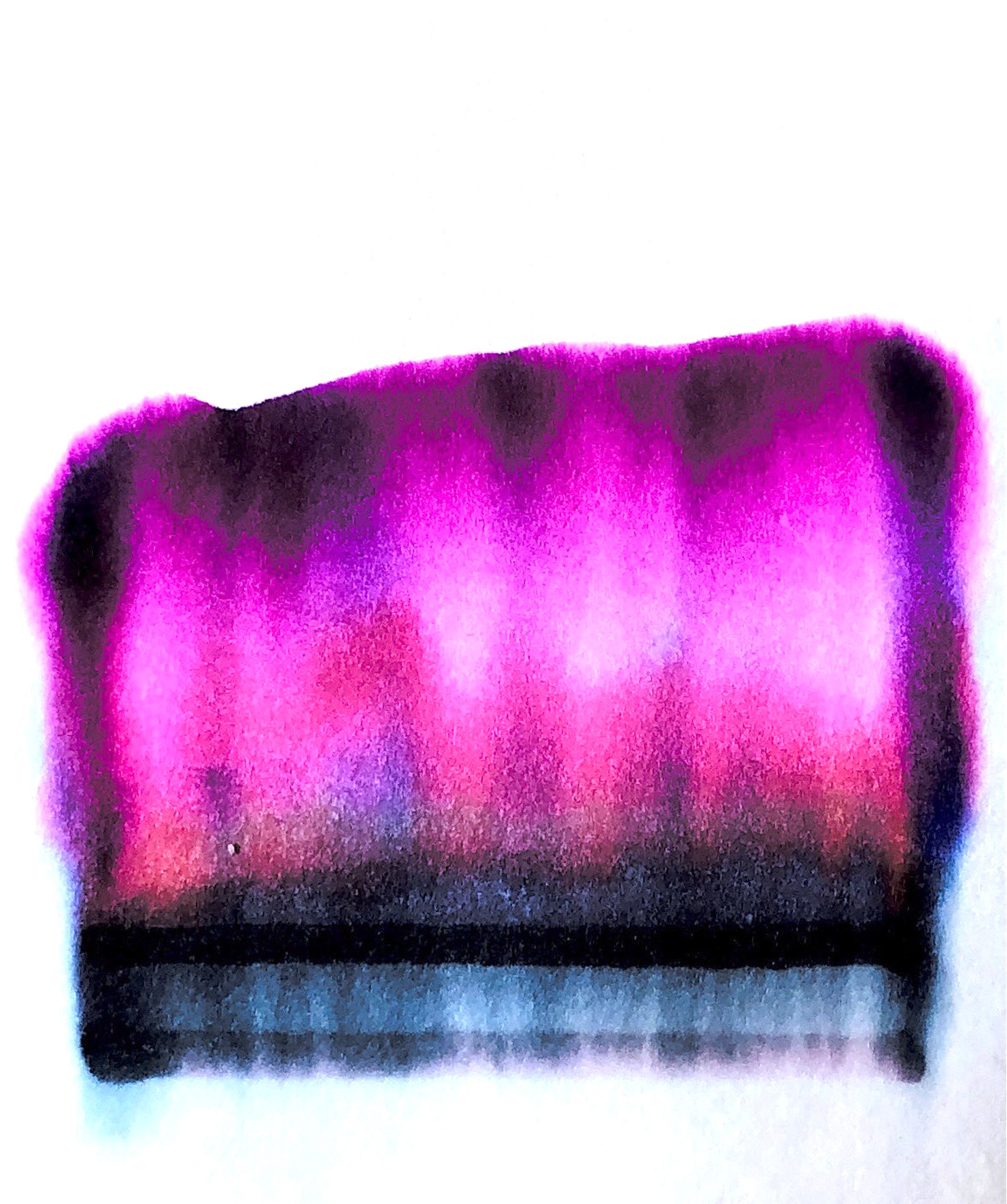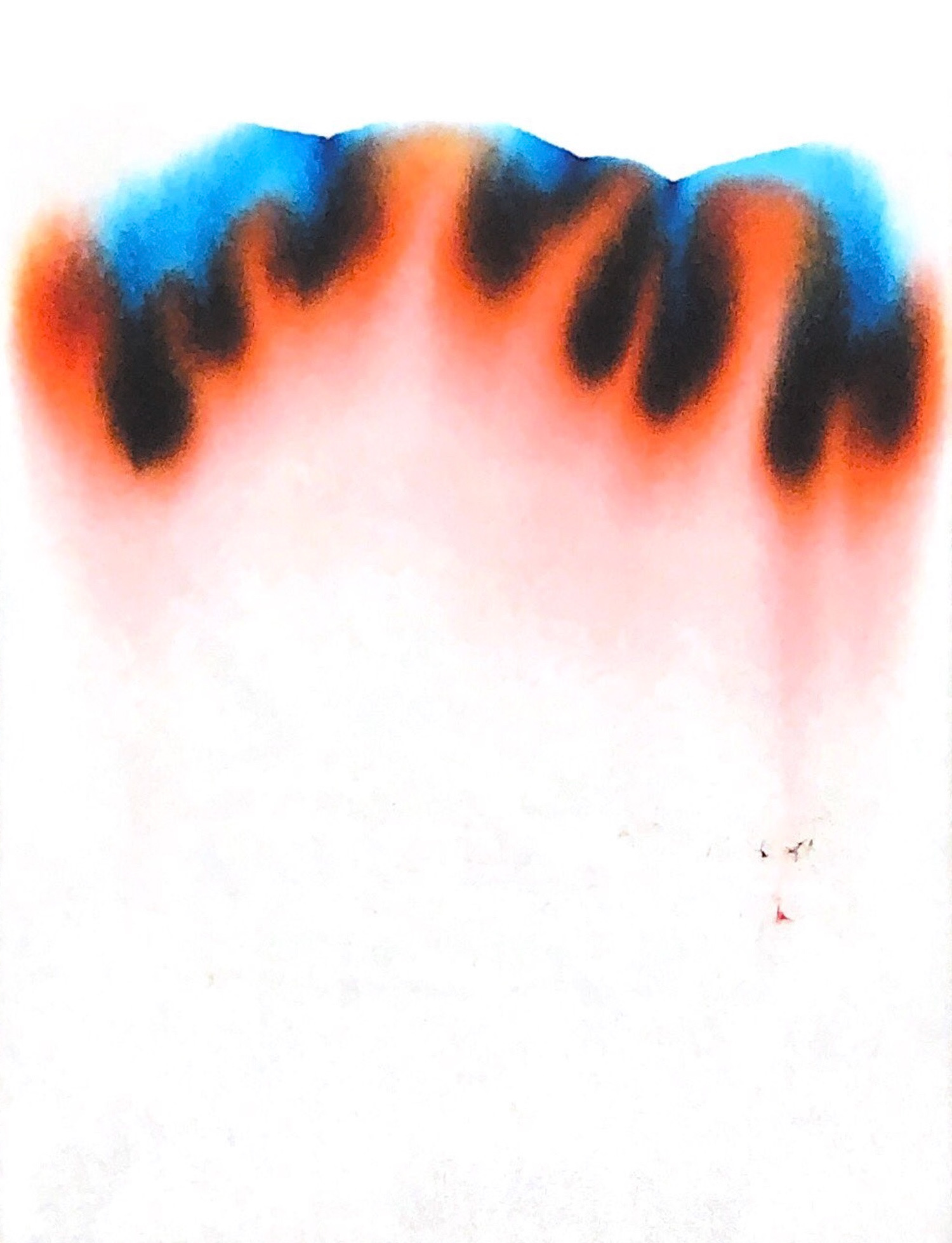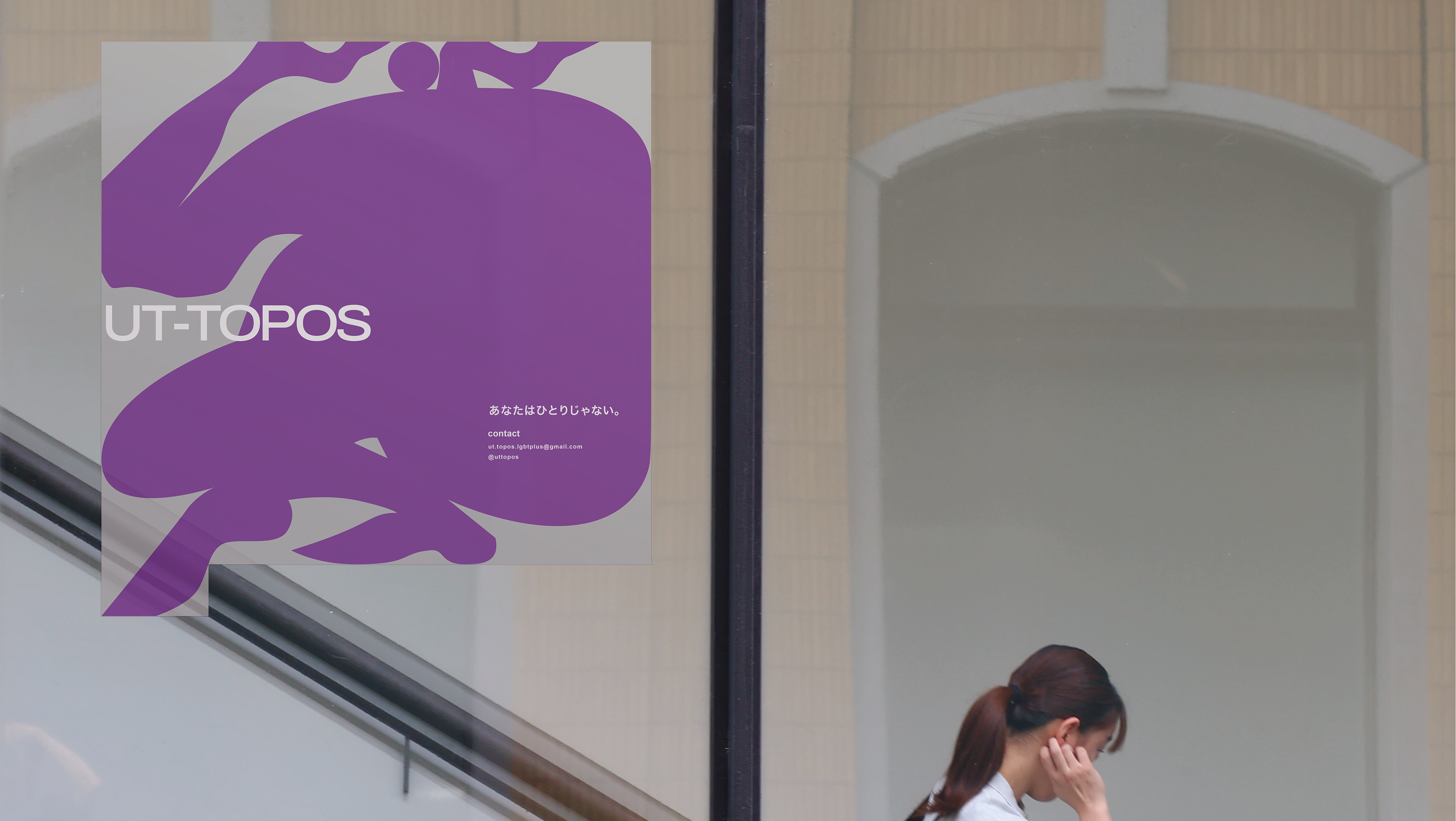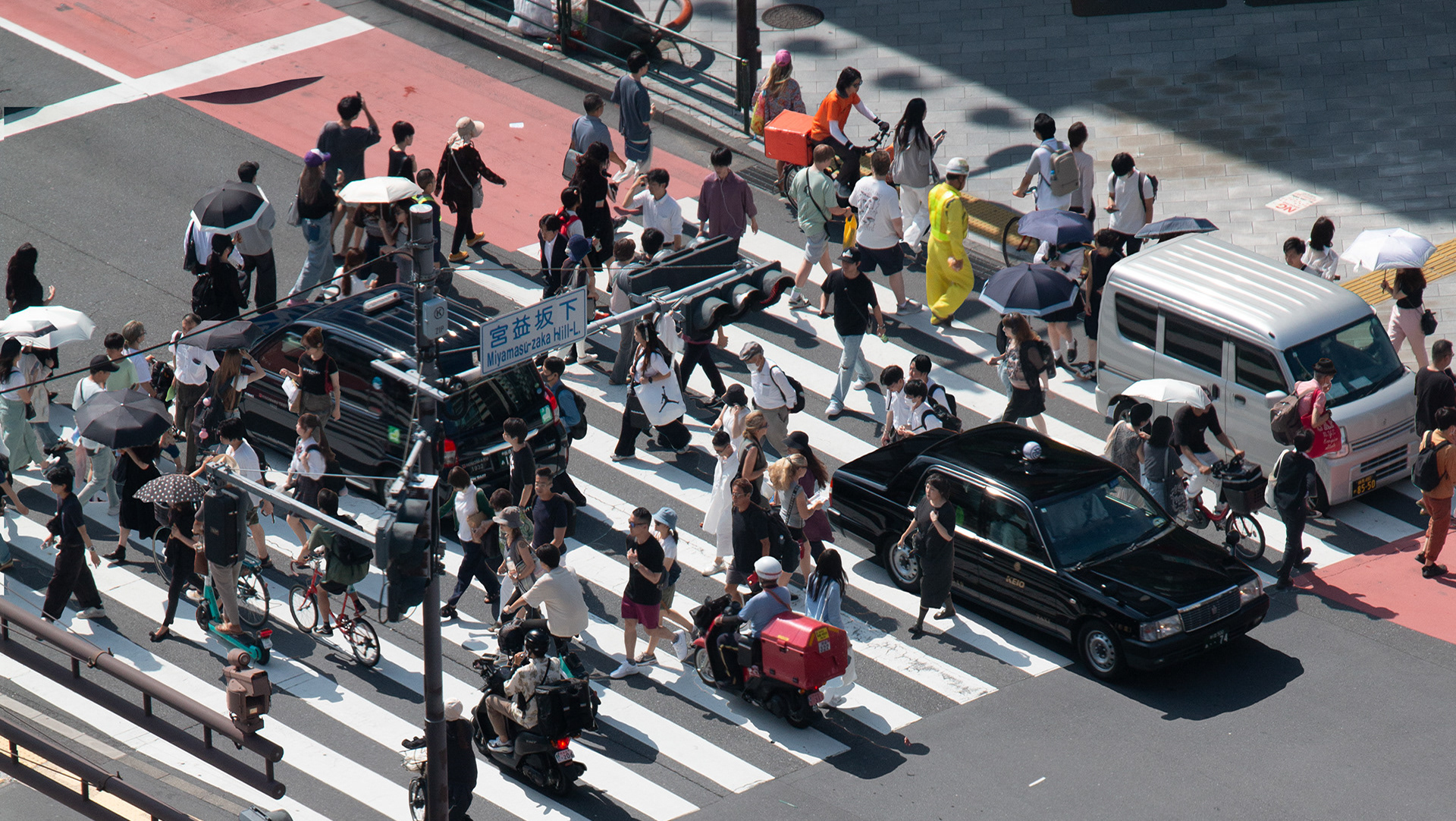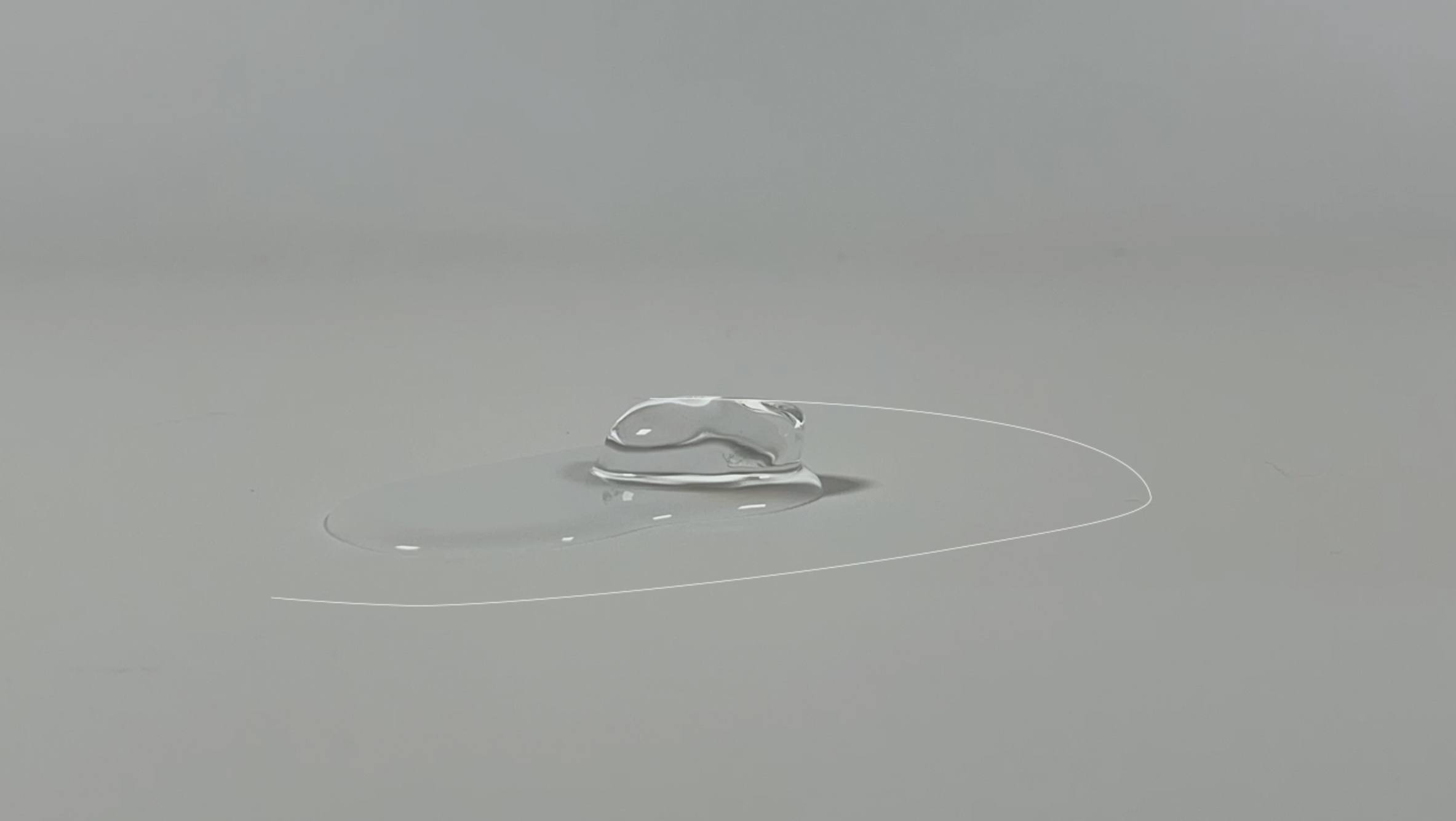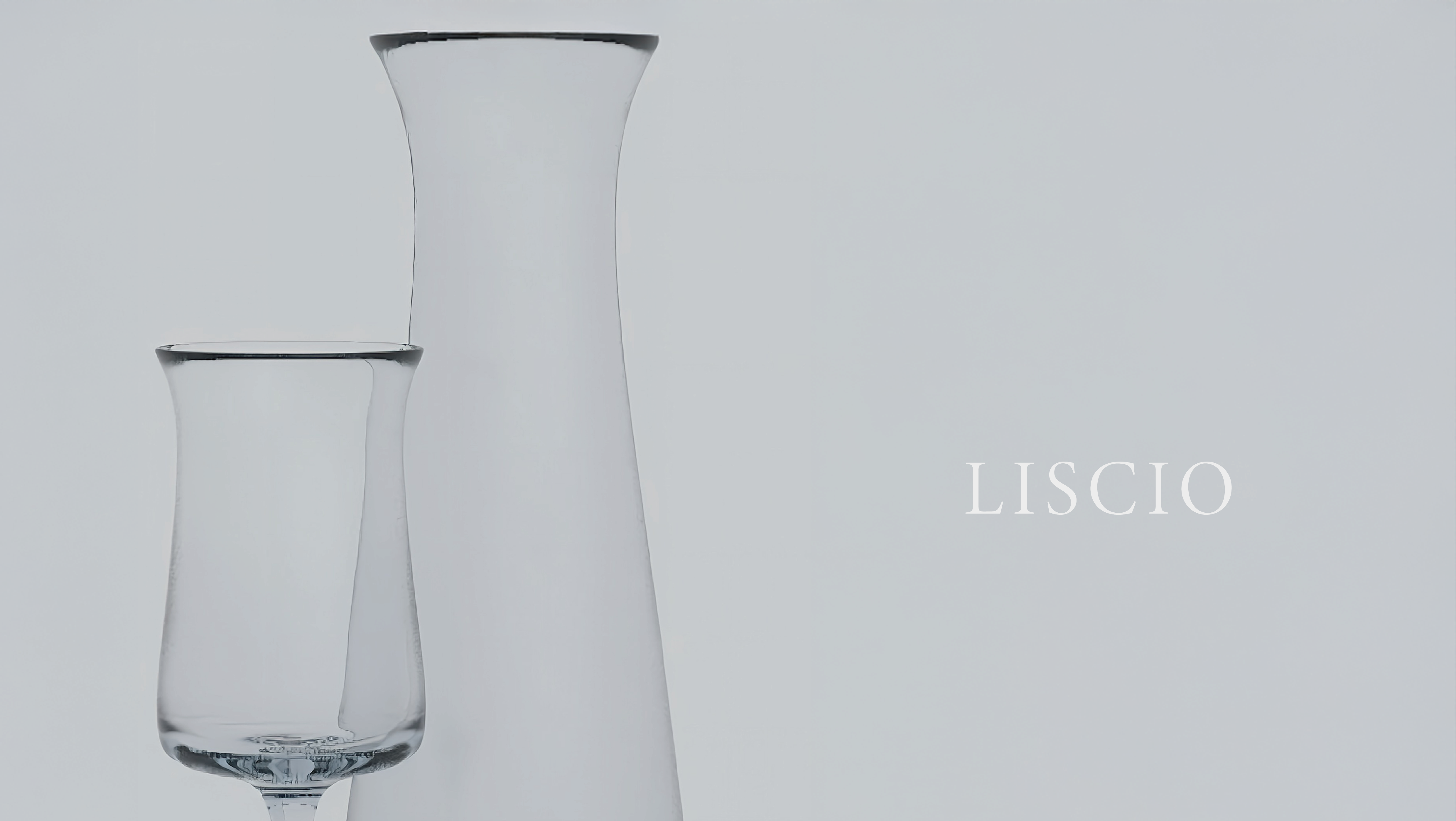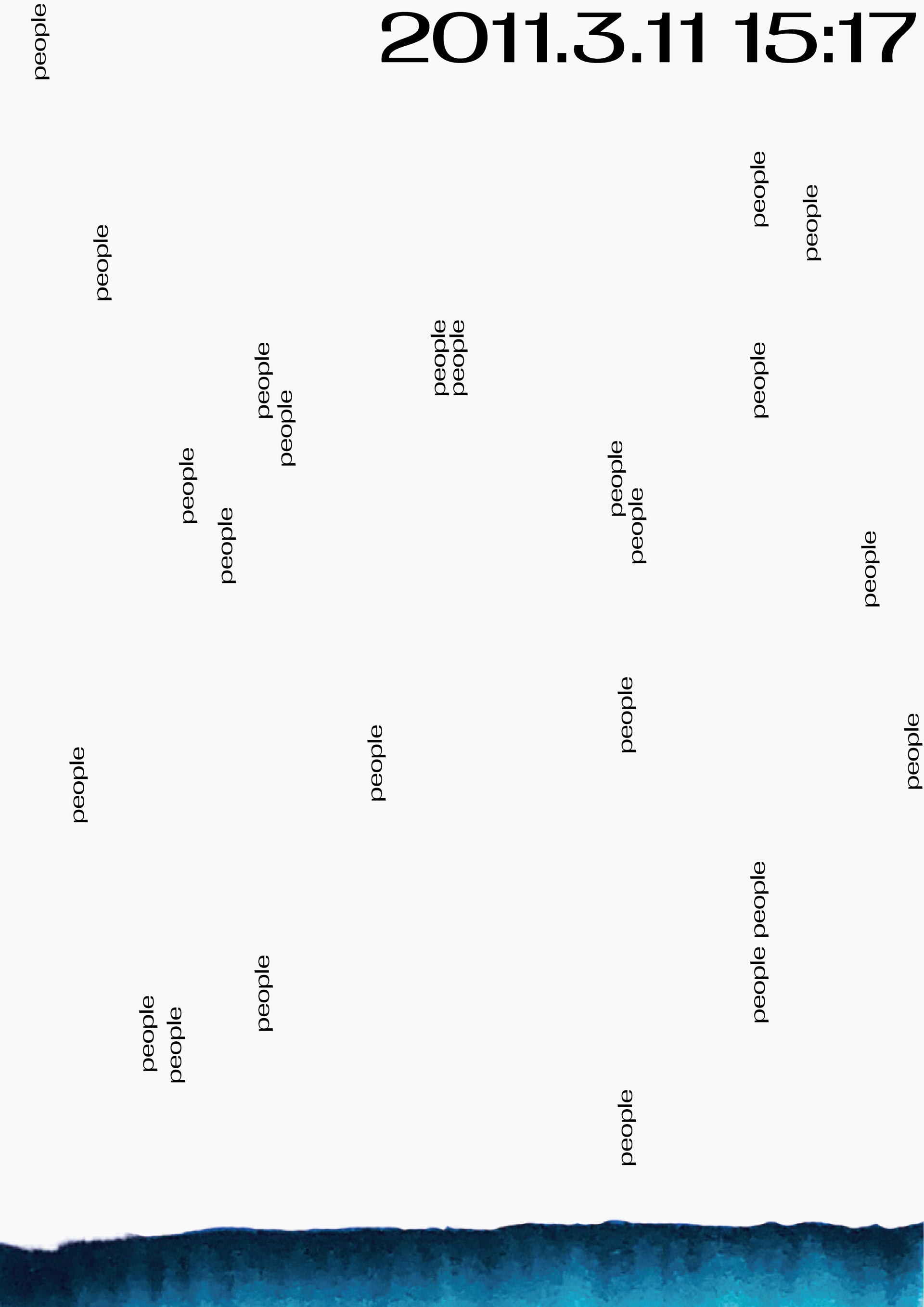
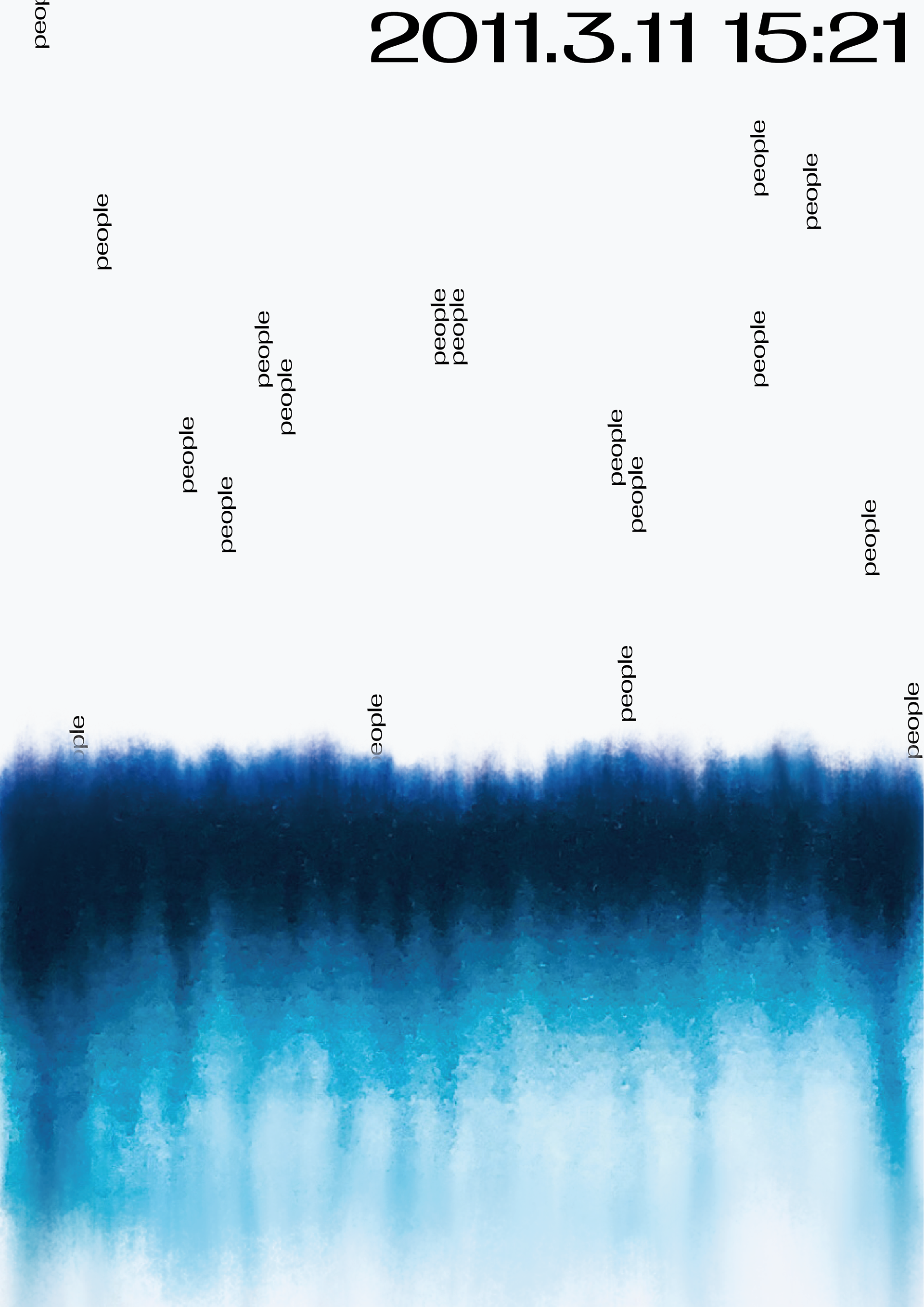

東日本大震災で起こった津波の速さに着目した、当時の津波の恐ろしさを伝えるポスターを制作した。
In order to keep the Great East Japan Earthquake in Japan from fading away, I created a poster to convey the horror of the tsunami.
当時の震災の状況を知らない若者も多い。そこで私は、災害発生時の様子をできるだけ生々しく伝える表現を目指した。
特に注目したのは、津波の速度である。津波は最大で時速約700kmに達したとされており、「速くて止められない巨大な水の壁」のように街を襲った。これほどの速さでは、すぐに避難することが命を守る唯一の手段となる。しかし、津波が実際にどれほどの勢いで街を飲み込んでいったのかを体感するのは難しい。
そこで私は、特定の地域の状況と津波が到達した正確な時刻を示すことで、津波の速度を視覚的に伝えようとした。
Many young people today are unfamiliar with what happened during the Great East Japan Earthquake. In response, I aimed to vividly convey the situation at the time of the disaster.
I focused particularly on the speed and terror of the tsunami. It is said that the tsunami reached speeds of up to 700 km/h, striking towns like an unstoppable wall of water. At such speeds, immediate evacuation is the only way to survive. However, it is difficult to truly grasp how quickly the tsunami overwhelmed the cities.
To address this, I created a poster that visually communicates the speed of the tsunami. By also showing the specific conditions of a particular region and the exact time the wave hit, I aimed to emphasize its suddenness and bring a stronger sense of reality to the viewer.
Experimental Graphic Approach
私は、ペーパークロマトグラフィーという手法を用いることで、水の流れを視覚的に表現できないかと考えた。紙ににじませたインクが、水を吸い上げる力によって徐々に広がっていくように、水は紙を上っていく。この現象と、波が街に押し寄せていく様子を重ね合わせることで、両者を視覚的に結びつけられないかと考えた。
I explored a new graphic expression using the method of paper chromatography. By printing ink onto paper and immersing it in water, the ink gradually rises upward. I utilized this process to visualize the flow of water in a unique and artistic way.
